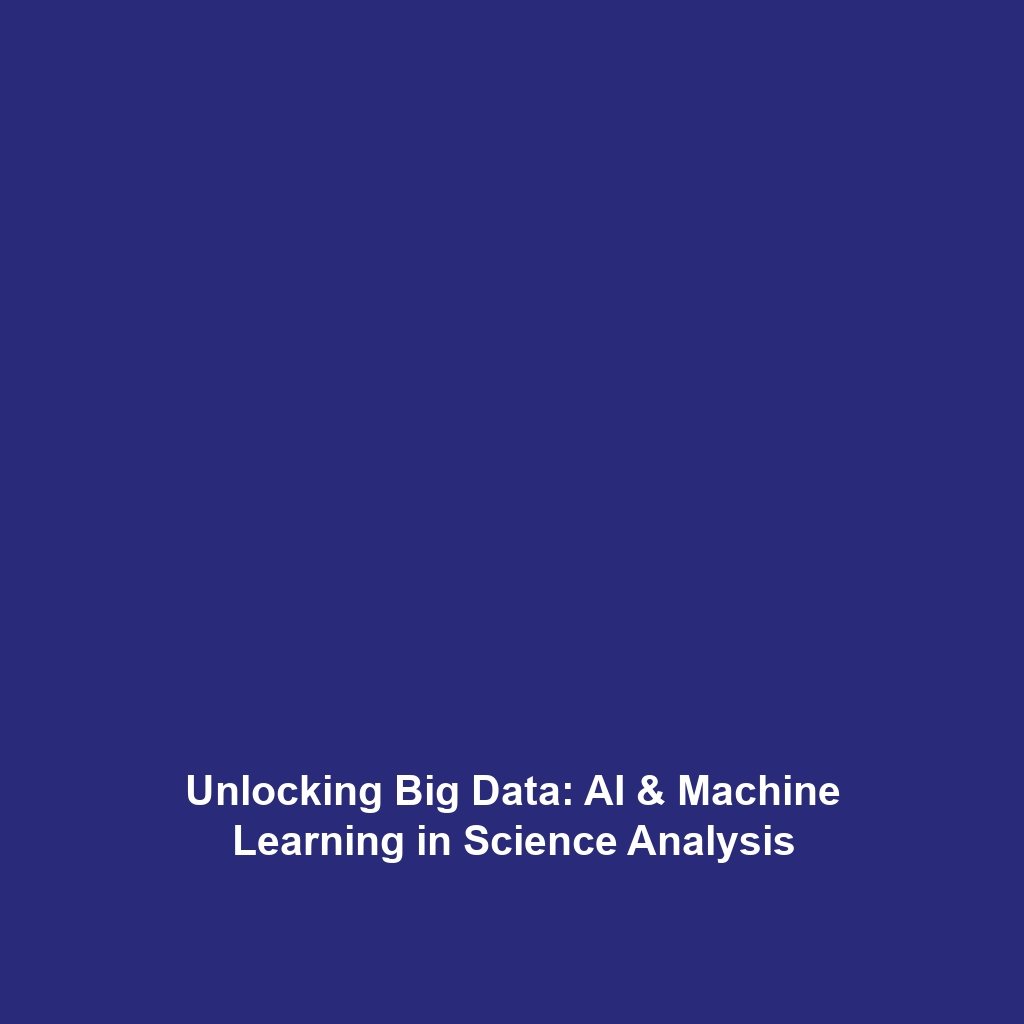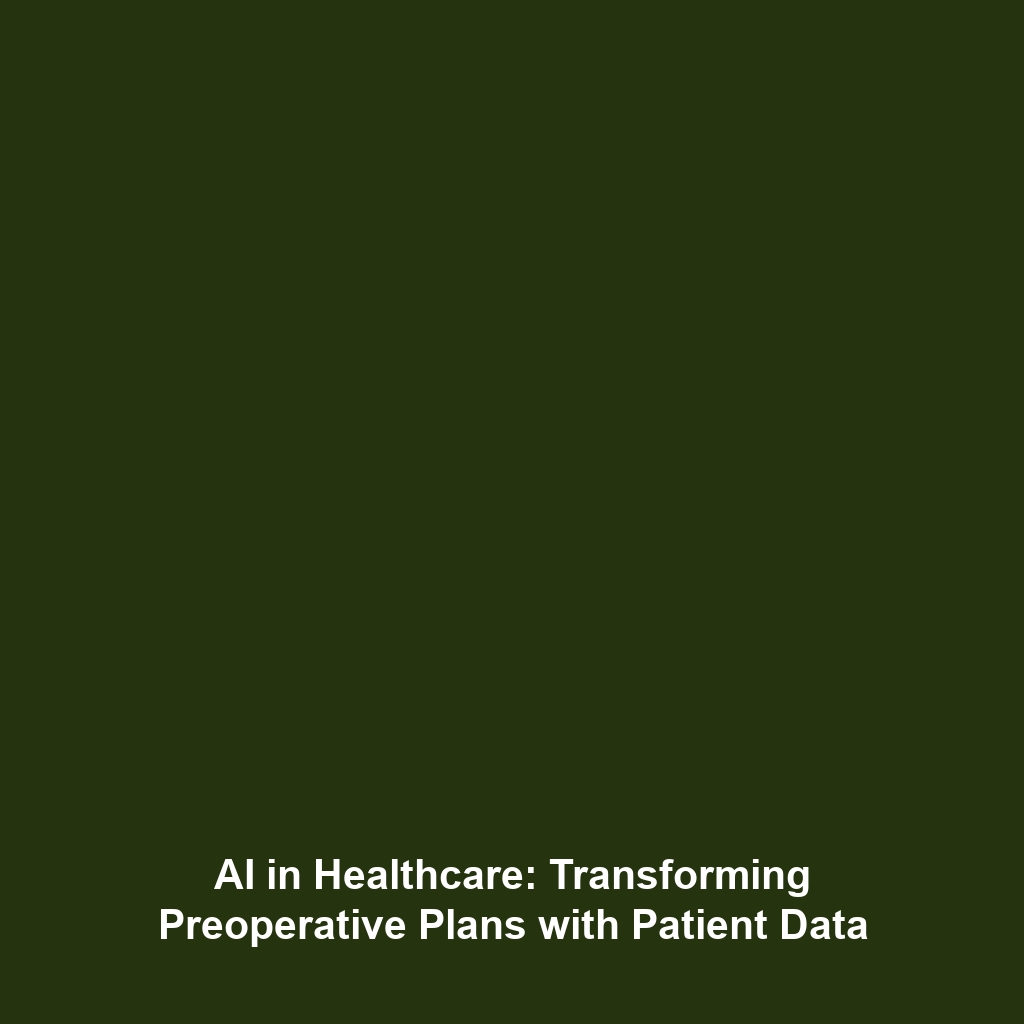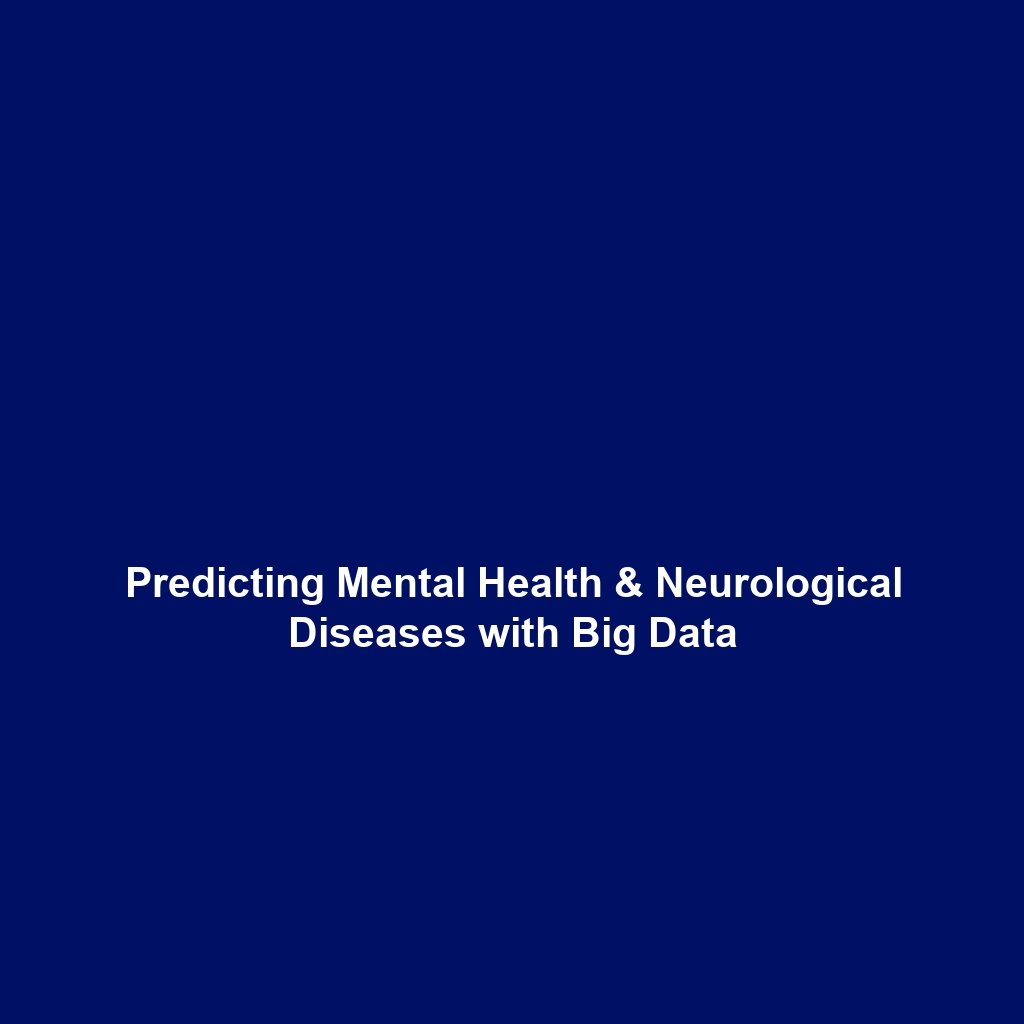Drug Delivery Systems: Targeted Treatments Using Nanoparticles
Introduction
Drug Delivery Systems (DDS) employing nanoparticles represent a groundbreaking advancement within the field of Advanced Nanomaterials. These systems are specifically designed to improve the efficiency of drug delivery, targeting specific tissues or cells while minimizing side effects. By incorporating nanoscale materials, DDS can enhance the therapeutic impact of medications, making treatment protocols more effective. The utilization of nanoparticles allows for improved drug solubility, controlled release, and bioavailability, marking a significant progression in nanomedicine. This article delves into the vital role of nanoparticles in targeted drug delivery, highlighting their applications and future potential.
Key Concepts
Understanding Drug Delivery Systems
Drug Delivery Systems integrate various delivery methods and technologies to transport therapeutic agents to specific sites within the body, with the intention of maximizing treatment efficiency. Key principles include:
- Targeting: Utilizing surface modifications to direct nanoparticles to diseased cells.
- Controlled Release: Developing systems that release medications at predetermined times.
- Enhancement of Bioavailability: Improving the overall effectiveness of the drug through better absorption.
Role of Nanoparticles in Advanced Nanomaterials
In the realm of Advanced Nanomaterials, nanoparticles serve as carriers in DDS. They can encapsulate a wide variety of drugs, including chemotherapeutics, peptides, and nucleic acids, ensuring their targeted delivery to cancer cells or areas of inflammation. The unique properties of nanoparticles, such as their size, shape, and surface chemistry, play a crucial role in enhancing drug delivery methodologies.
Applications and Real-World Uses
The applications of Drug Delivery Systems utilizing nanoparticles are diverse and impactful, with significance in various healthcare fields. Some notable applications include:
- Cancer Therapies: Targeted chemotherapy agents reduce harm to healthy tissues while effectively combating tumors.
- Vaccine Delivery: Enhancing the stability and effectiveness of vaccines through nanoparticle carriers.
- Cardiovascular Treatments: Delivering drugs to specific areas to treat heart diseases with precision.
These examples illustrate how drug delivery systems play a transformative role in Advanced Nanomaterials, showcasing their potential to improve patient care significantly.
Current Challenges
Despite the immense potential of Drug Delivery Systems, several challenges remain that hinder progress in their development and implementation:
- Stability Issues: Maintaining the stability of nanoparticles during storage and in physiological conditions.
- Regulatory Hurdles: Navigating complex regulations to gain approval for clinical usage.
- Biocompatibility: Ensuring that nanoparticles do not induce adverse reactions in the body.
- Manufacturing Scaling: Challenges related to the reproducibility and scale-up of nanoparticle production.
Future Research and Innovations
Ongoing research is focused on overcoming the existing challenges and fostering innovations in Drug Delivery Systems. Future breakthroughs may include:
- Smart Nanoparticles: Development of nanoparticles that respond to specific stimuli (e.g., pH changes, temperature differences).
- Personalized Medicine: Tailoring drug delivery systems to individual patients based on genetic profiles.
- New Nanomaterials: Investigating novel materials with enhanced properties for drug delivery.
These innovations signal a promising horizon for the integration of nanoparticles in advanced drug delivery, ultimately improving the treatment landscape.
Conclusion
In summary, Drug Delivery Systems that utilize nanoparticles represent a significant advancement within Advanced Nanomaterials, offering targeted treatment options that enhance drug efficacy and minimize side effects. Addressing the challenges and harnessing the potential for future innovations will be essential for the continued evolution of this field. For further insights into related topics, explore our articles on Nanomaterials Research and Innovations in Drug Delivery Systems.






